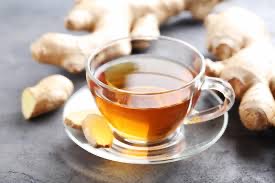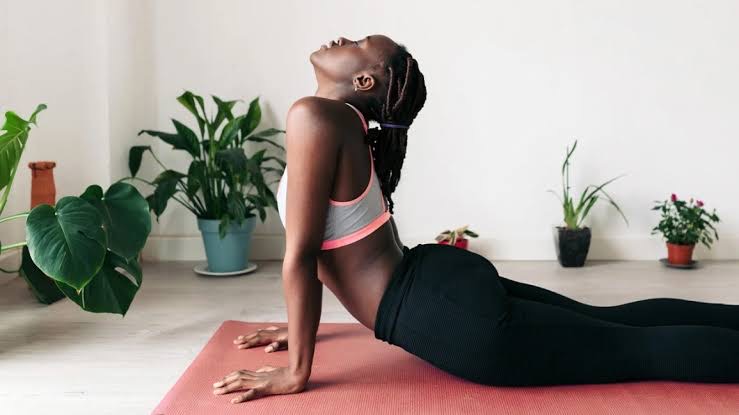Menstrual pain, also known as dysmenorrhea, is a common experience for many women during their monthly menstrual cycle. These cramps can range from mild discomfort to severe pain that interferes with daily activities. While over-the-counter pain relievers are effective, many prefer natural remedies to alleviate menstrual discomfort. Here are several home remedies that can help ease menstrual pain:
1. Heat Therapy
– Warm Compresses: Applying a heating pad or hot water bottle to your lower abdomen can significantly reduce menstrual cramps. Heat helps relax the muscles of the uterus, increasing blood flow and reducing pain.
– Warm Baths: Soaking in a warm bath can provide full-body relaxation and help alleviate cramps. Adding Epsom salts or a few drops of essential oils like lavender can enhance the soothing effects.
2. Herbal Teas

– Chamomile Tea: Chamomile has anti-inflammatory and antispasmodic properties, which can help reduce muscle spasms and alleviate cramps. Drinking chamomile tea before and during your period can provide relief.
– Ginger Tea: Ginger is known for its anti-inflammatory effects and can help reduce menstrual pain. Boil fresh ginger slices in water to make tea, and drink it 2-3 times a day.
– Peppermint Tea: Peppermint has muscle relaxant properties that can help ease menstrual cramps. Drinking peppermint tea can also help relieve bloating and digestive issues that often accompany menstruation.
3. Dietary Adjustments
– Hydration: Staying well-hydrated can help reduce bloating and pain. Aim to drink at least eight glasses of water a day. Herbal teas and clear broths are also good options.
– Anti-Inflammatory Foods: Incorporate foods rich in omega-3 fatty acids, such as salmon, flaxseeds, and walnuts, into your diet. These foods have anti-inflammatory properties that can help reduce menstrual pain.
– Avoid Caffeine and Alcohol: Caffeine and alcohol can exacerbate menstrual cramps by causing dehydration and increasing muscle tension. Limit your intake of these substances, especially in the days leading up to and during your period.
4. Exercise
– Light Aerobic Exercise: Activities like walking, swimming, or cycling can help increase blood circulation and release endorphins, which act as natural painkillers.
– Yoga and Stretching: Yoga poses that focus on the lower abdomen and pelvis can help relieve tension and reduce cramps. Poses like the child’s pose, cat-cow stretch, and pelvic tilts are particularly effective.

5. Essential Oils and Massage
– Lavender Oil: Massaging your lower abdomen with lavender oil can help reduce pain and promote relaxation. Dilute a few drops of lavender oil in a carrier oil like coconut or olive oil before applying.
– Clary Sage Oil: Clary sage has antispasmodic properties that can help reduce uterine contractions. Mix a few drops with a carrier oil and massage into the abdomen.
– Eucalyptus Oil: Eucalyptus oil has anti-inflammatory and analgesic properties. Use it in a similar way to lavender and clary sage oil for pain relief.
6. Supplements
– Magnesium: Magnesium helps relax muscles and can reduce the severity of menstrual cramps. Foods rich in magnesium include leafy green vegetables, nuts, seeds, and whole grains. Supplements are also available but should be taken under a doctor’s supervision.
– Vitamin B1 (Thiamine): Studies have shown that Vitamin B1 can help reduce menstrual cramps. Incorporate foods like whole grains, beans, and nuts into your diet or consider a B1 supplement.
– Fish Oil: Omega-3 fatty acids found in fish oil have anti-inflammatory properties. Taking fish oil supplements can help reduce the intensity of menstrual cramps.
7. Acupressure and Acupuncture
– Acupressure: Applying pressure to specific points on the body can help relieve menstrual pain. The point known as “Spleen 6” (located about three finger-widths above the inner ankle bone) is often used to alleviate cramps.
– Acupuncture: Acupuncture involves inserting thin needles into specific points on the body to balance energy flow. Many women find relief from menstrual cramps through regular acupuncture sessions.
Menstrual pain can be disruptive, but several home remedies can help alleviate discomfort. Heat therapy, herbal teas, dietary adjustments, exercise, essential oils, supplements, and techniques like acupressure and acupuncture can provide significant relief. While these remedies can be effective, it’s important to consult with a healthcare provider if you experience severe or persistent pain, as it could indicate an underlying medical condition. Incorporating these natural approaches into your routine can help make your menstrual cycle more manageable and less painful.

